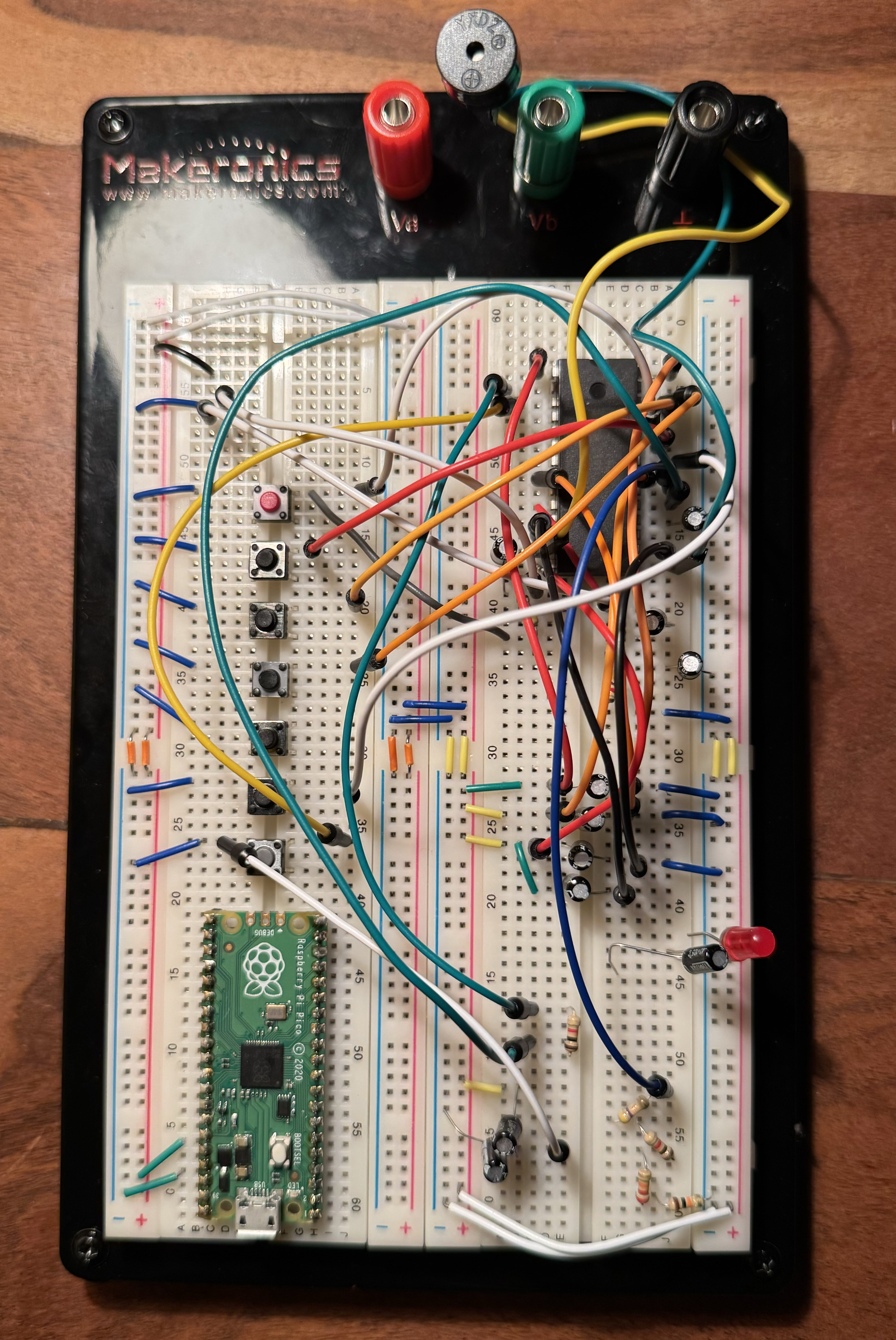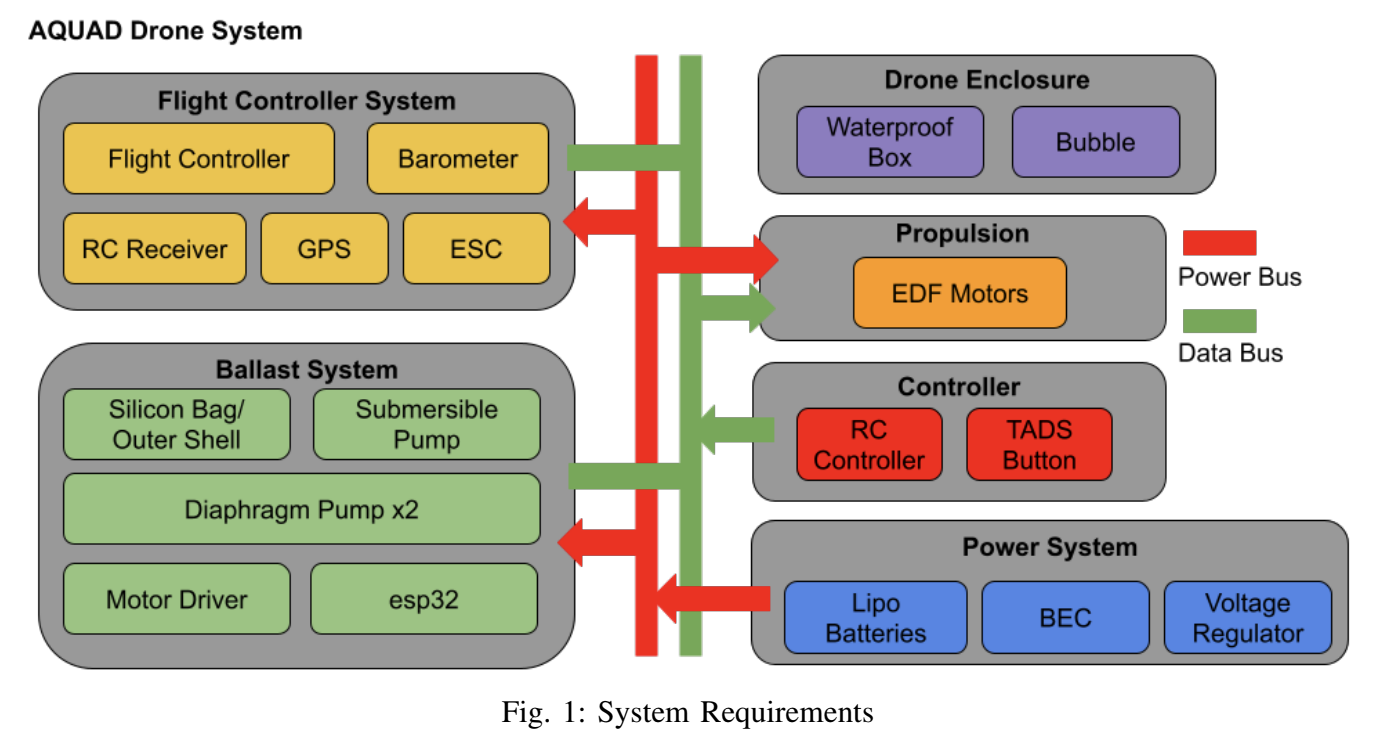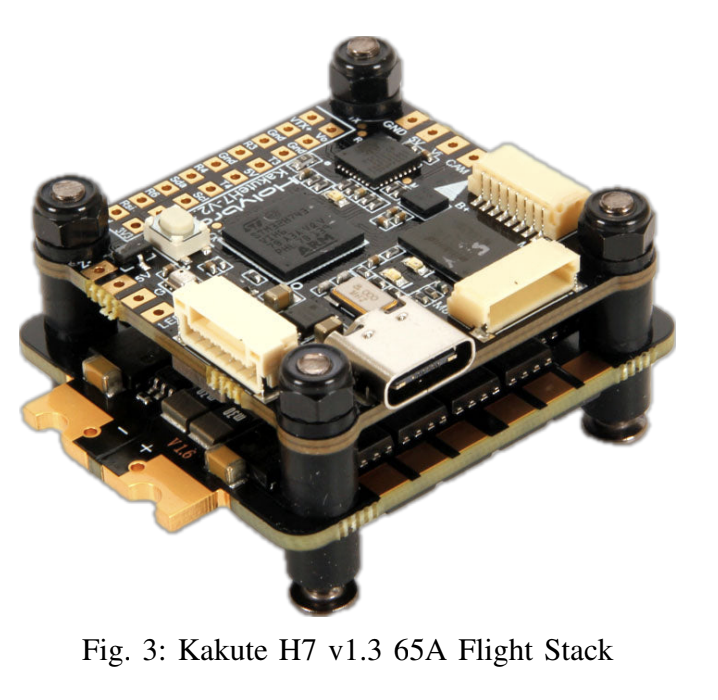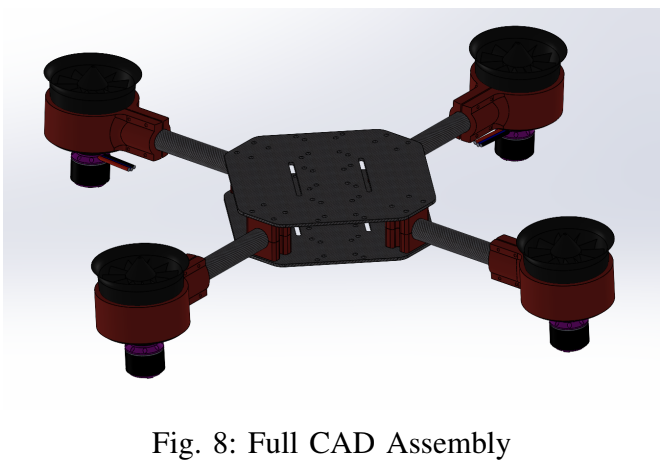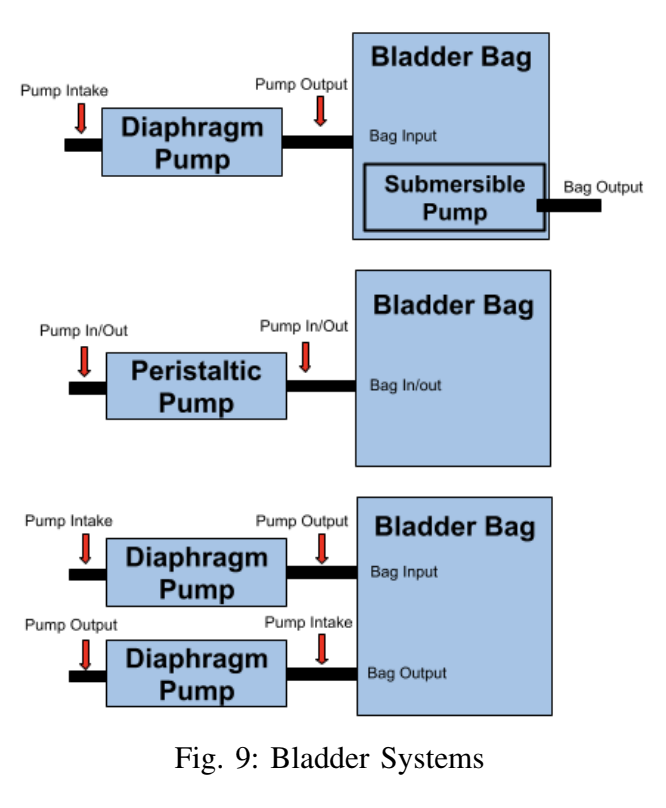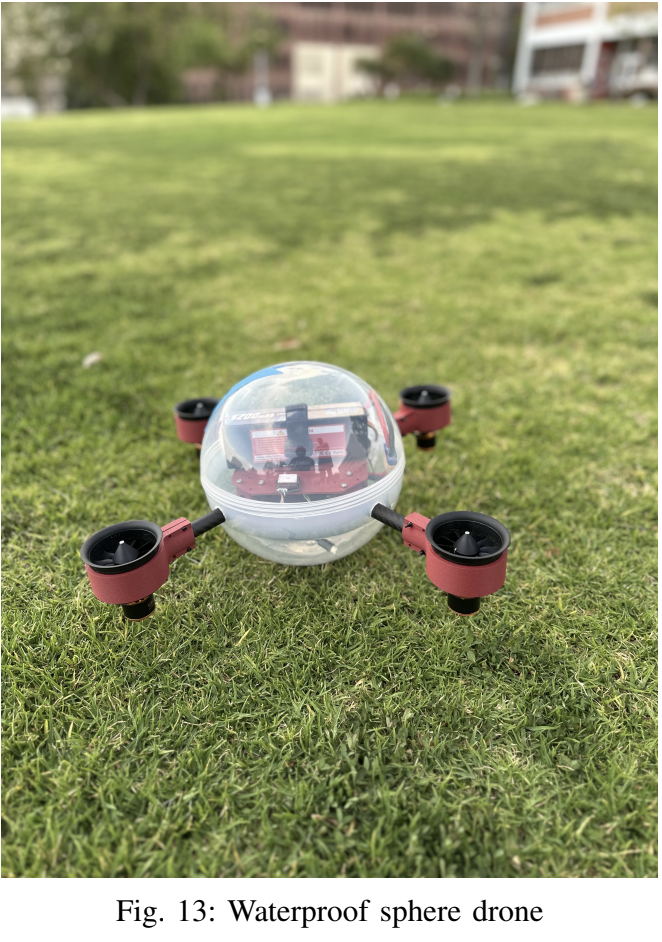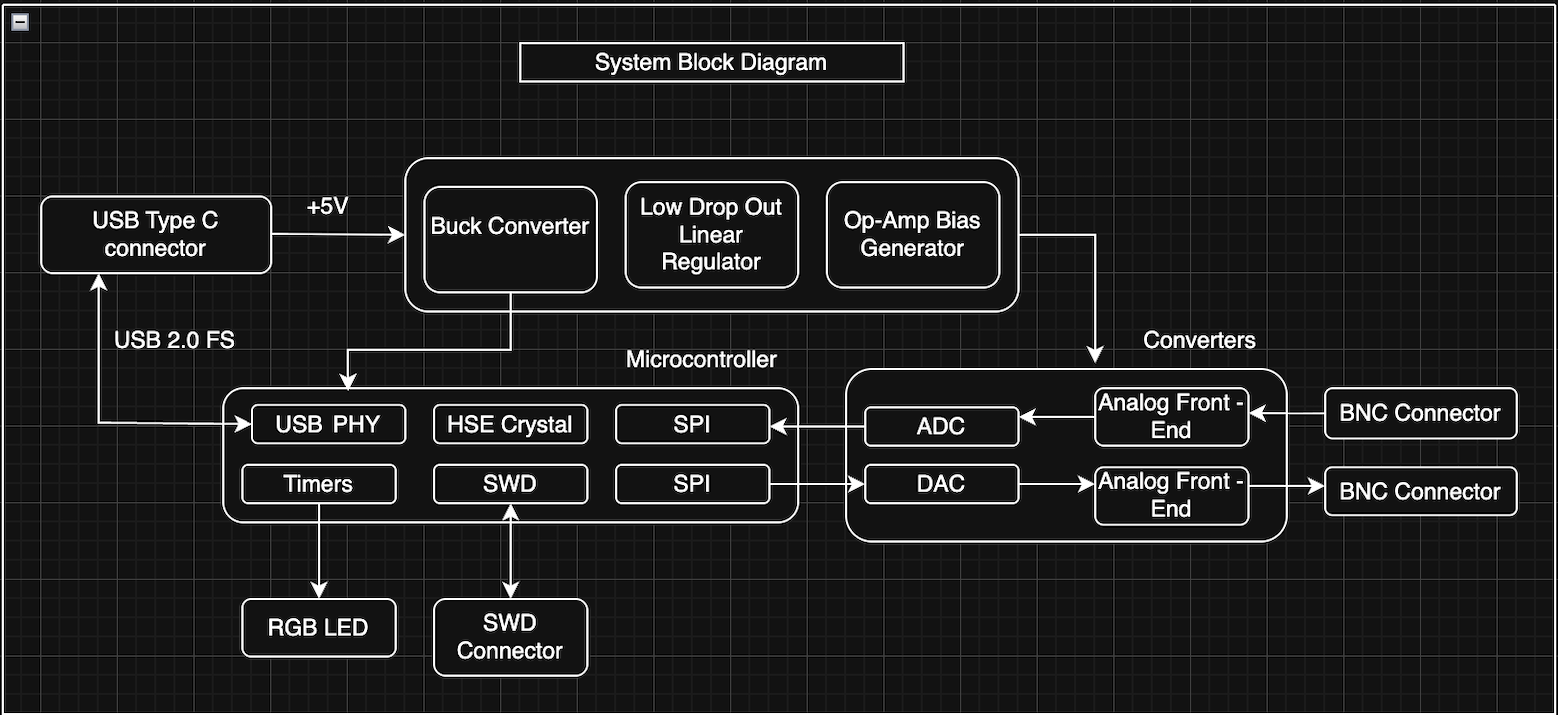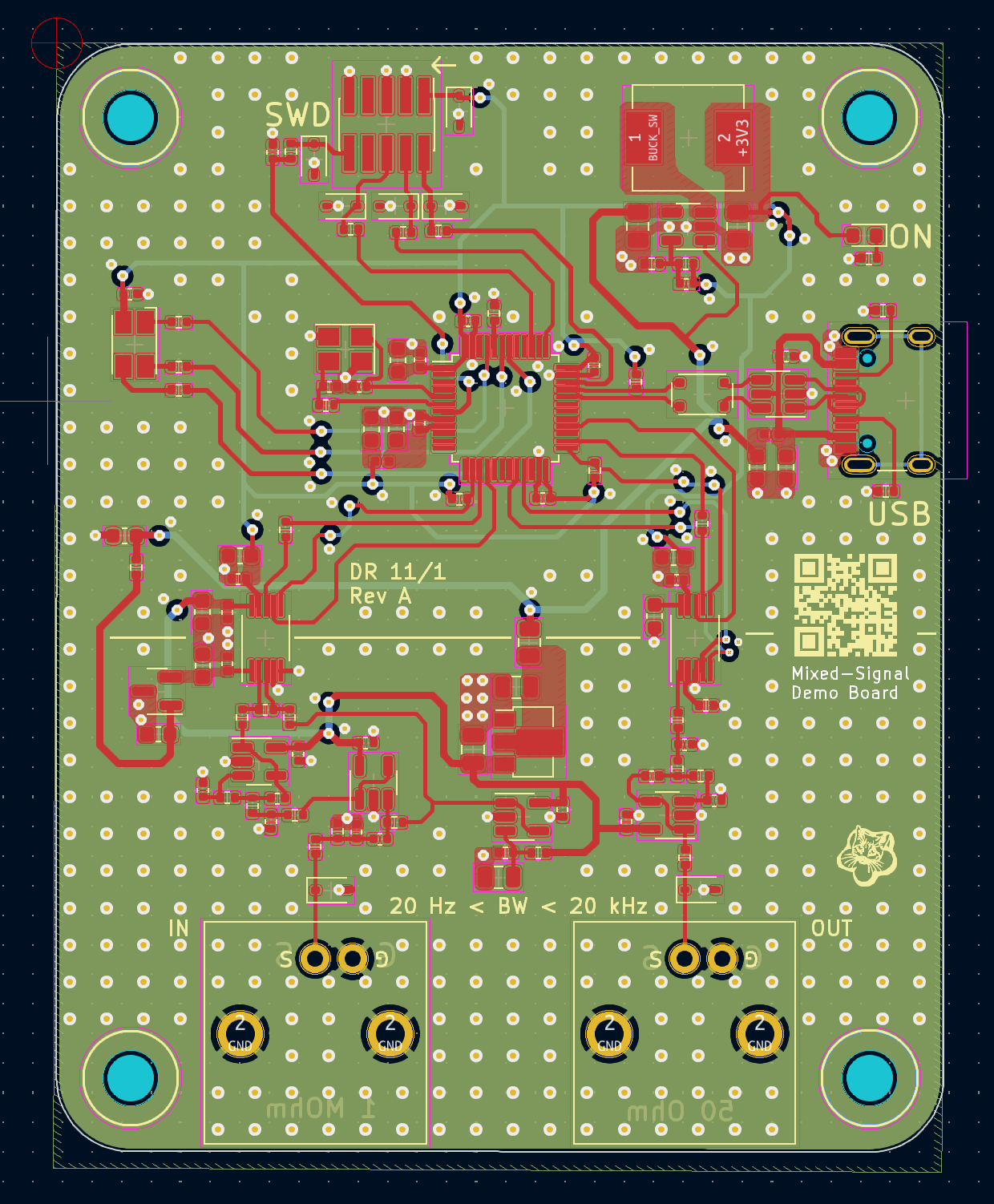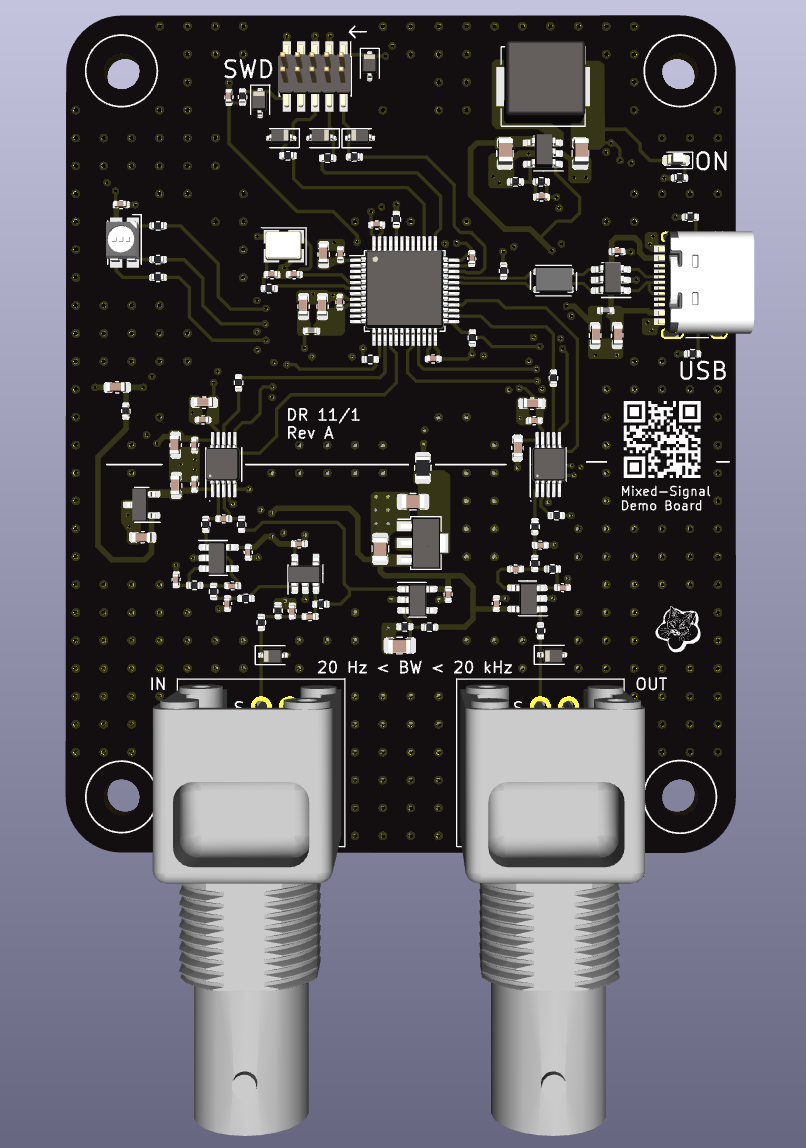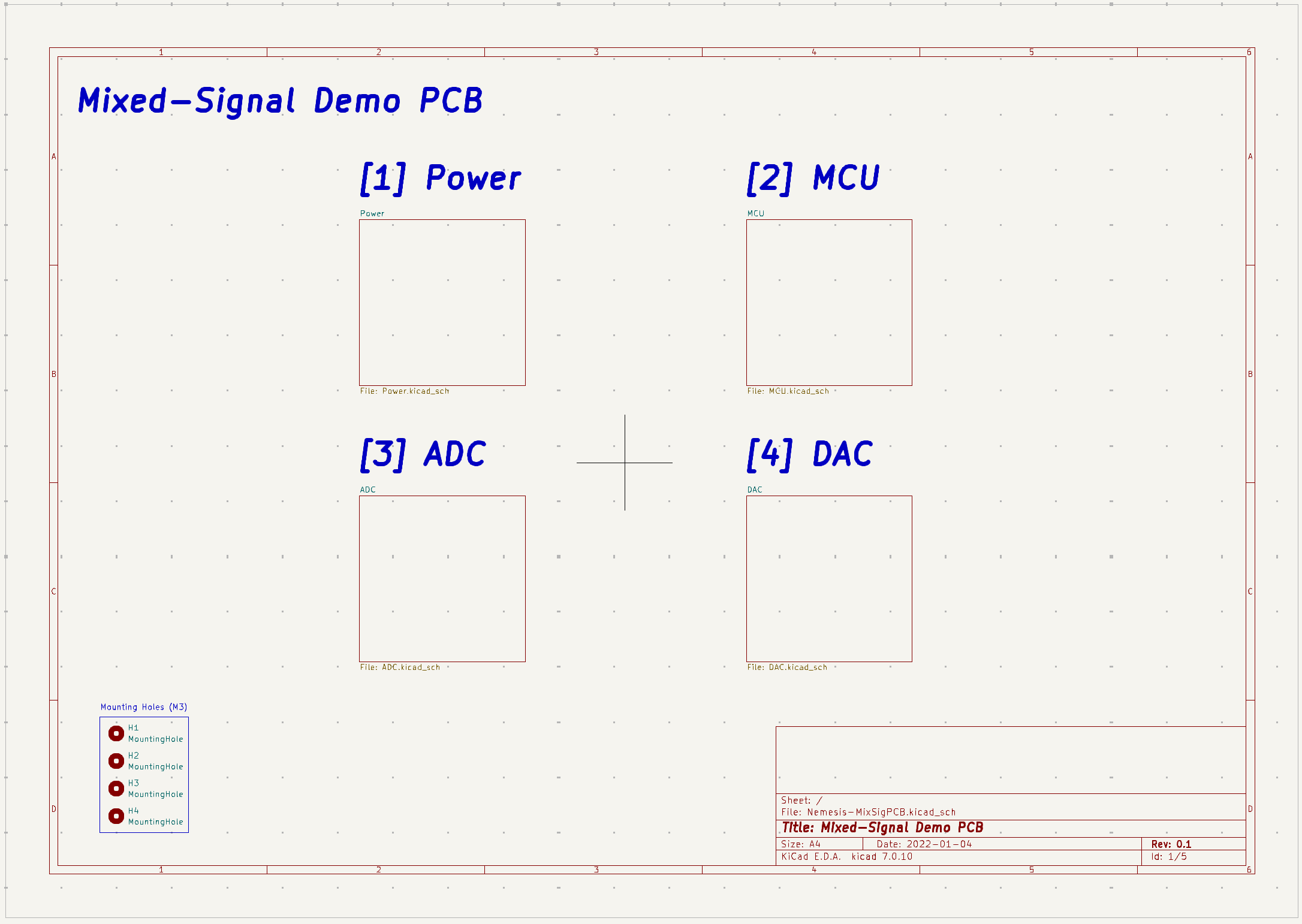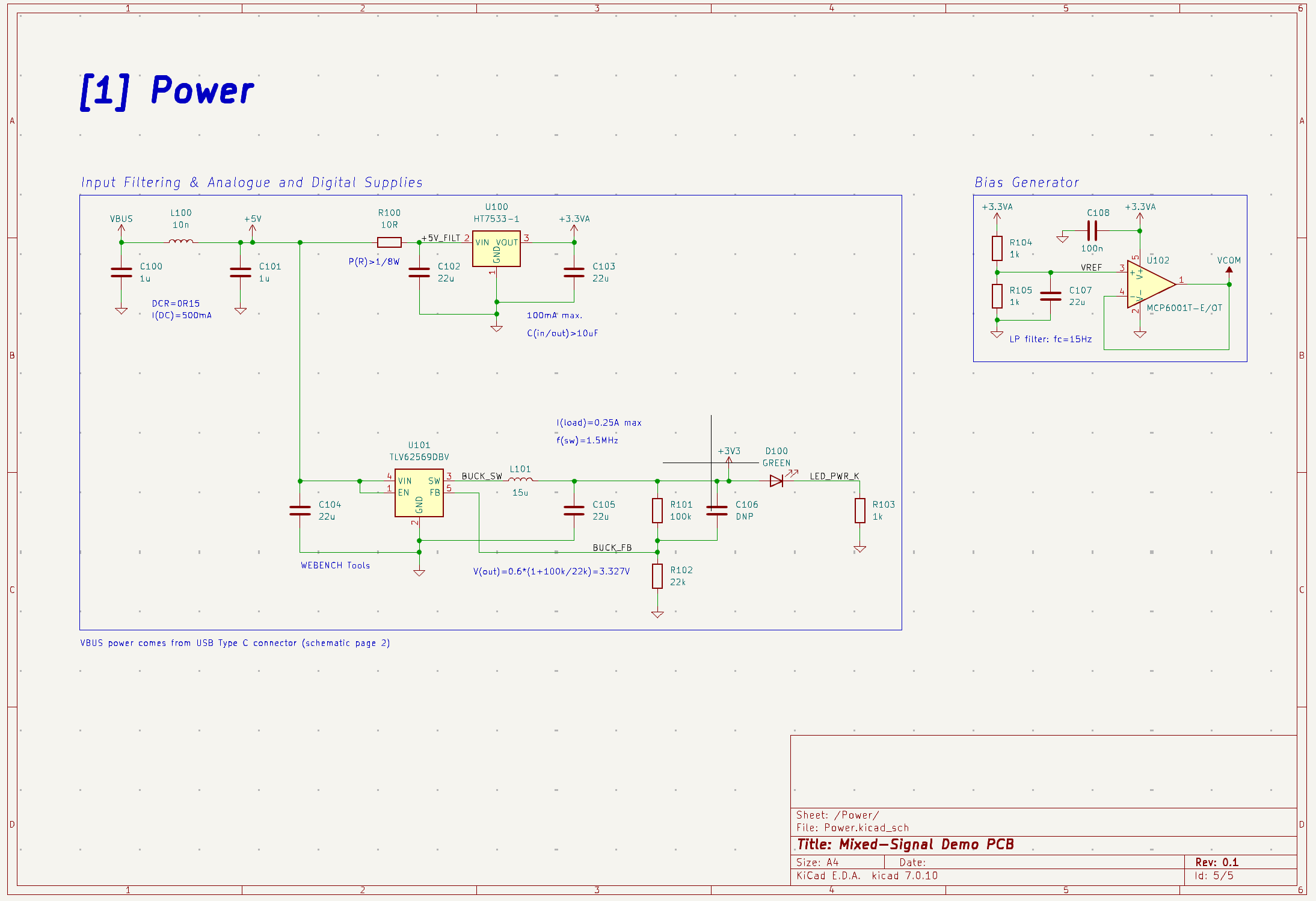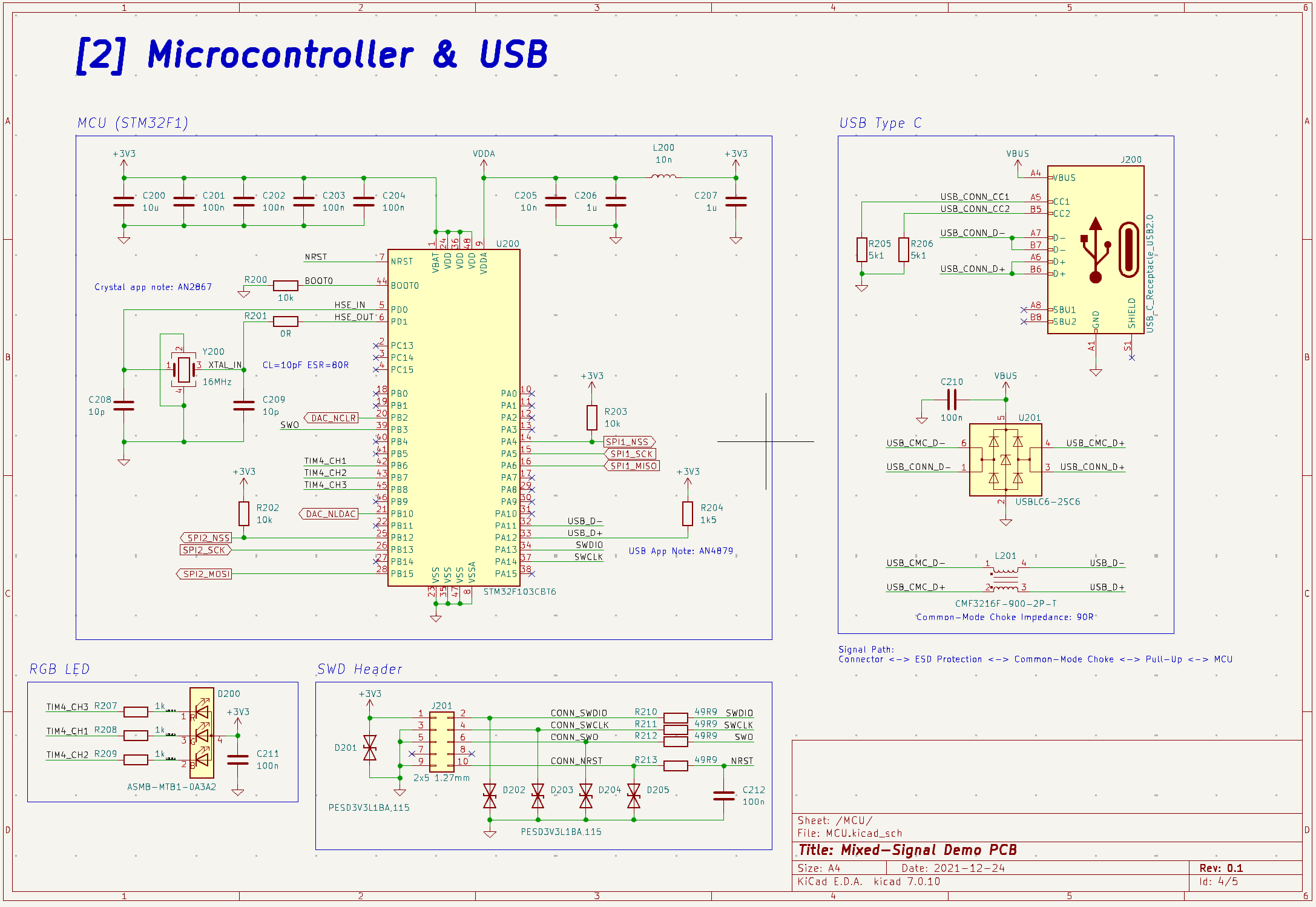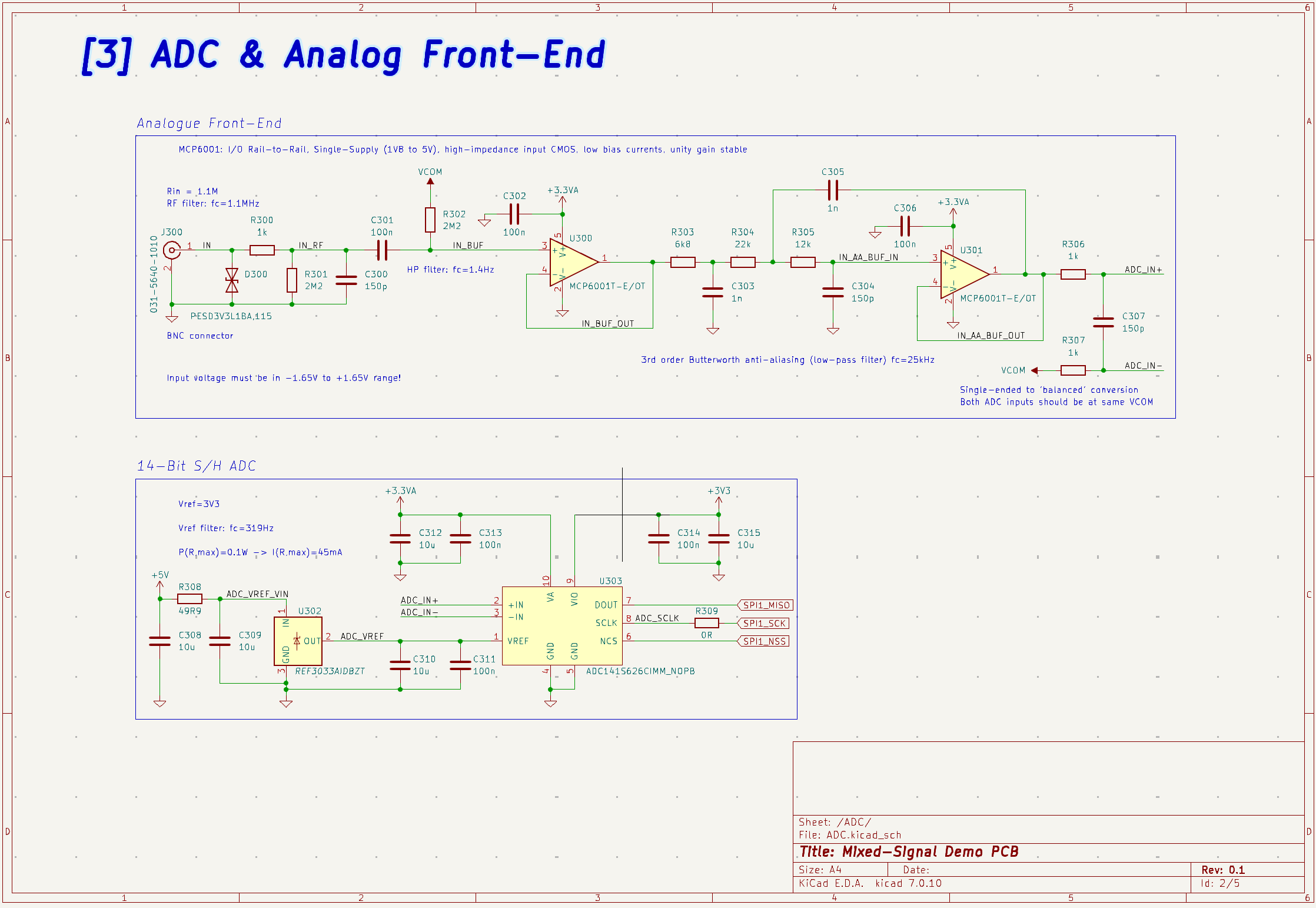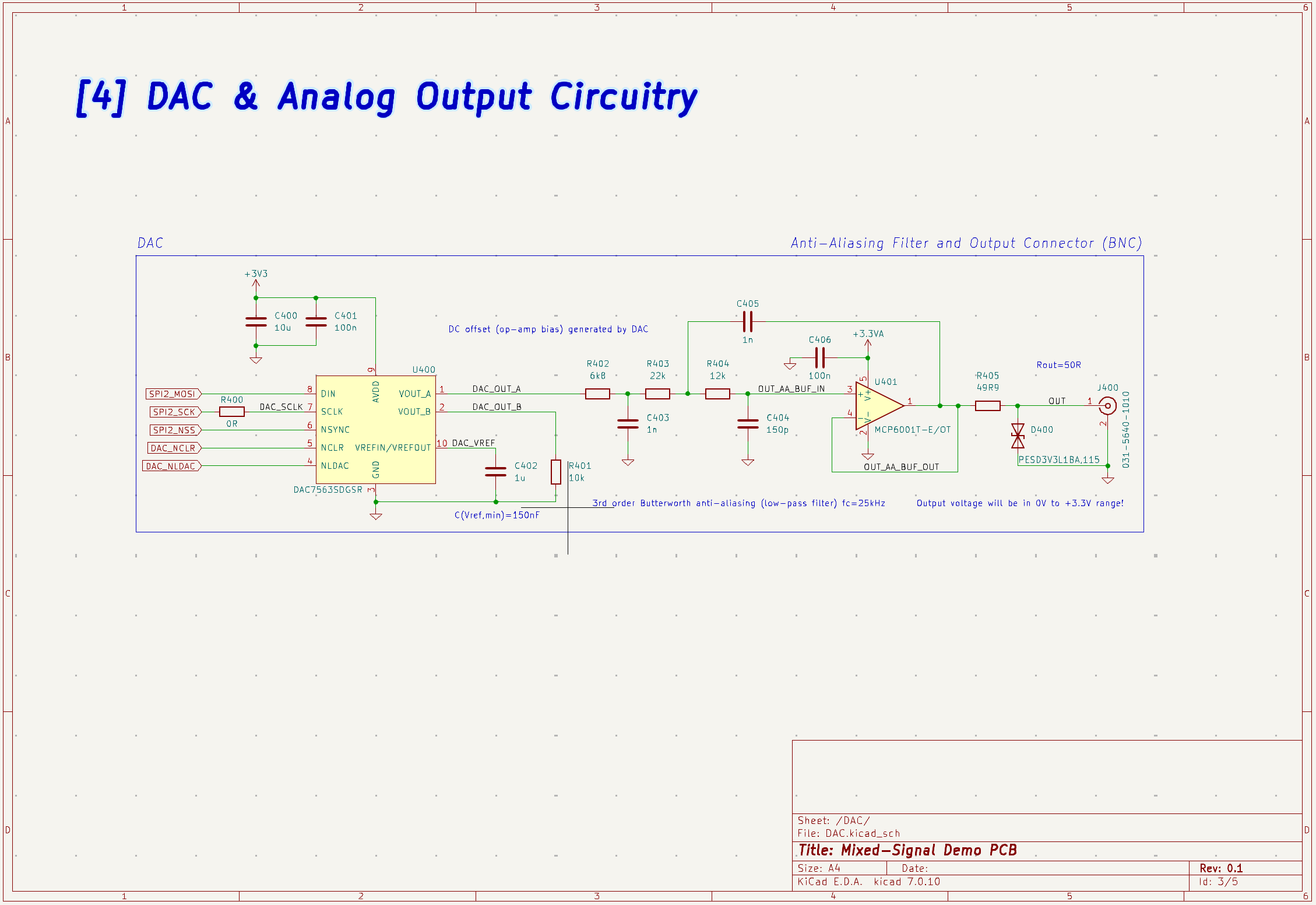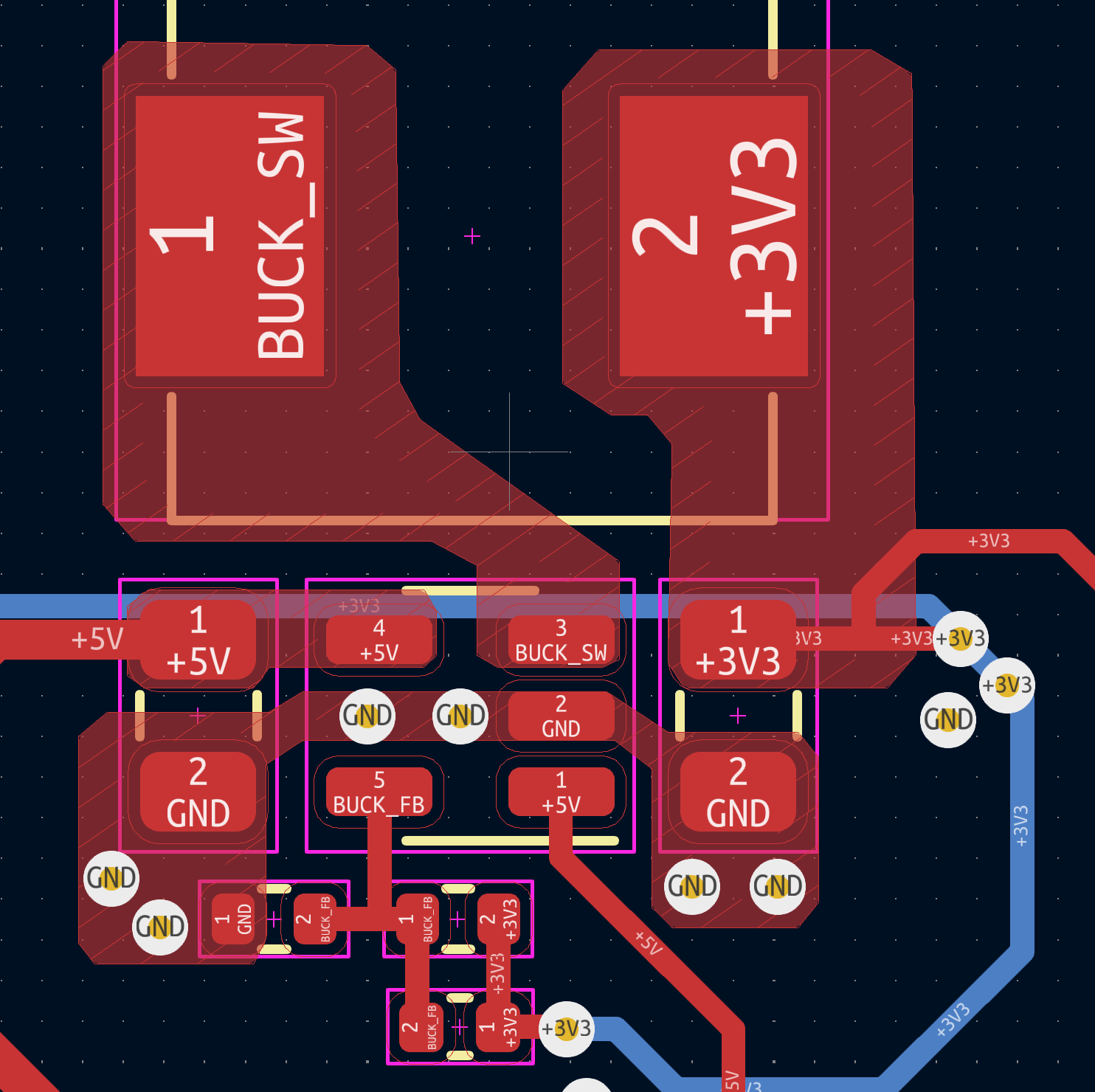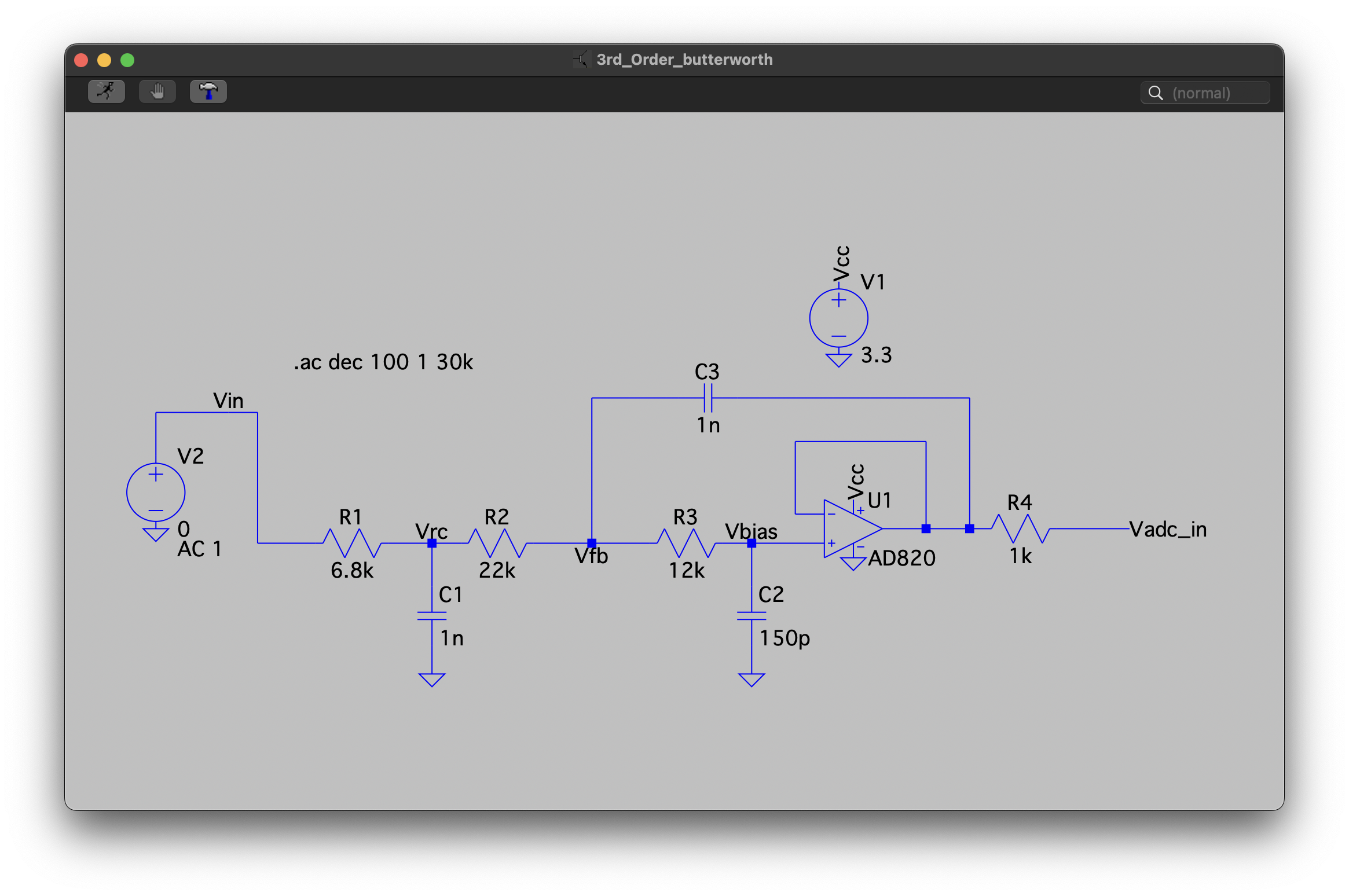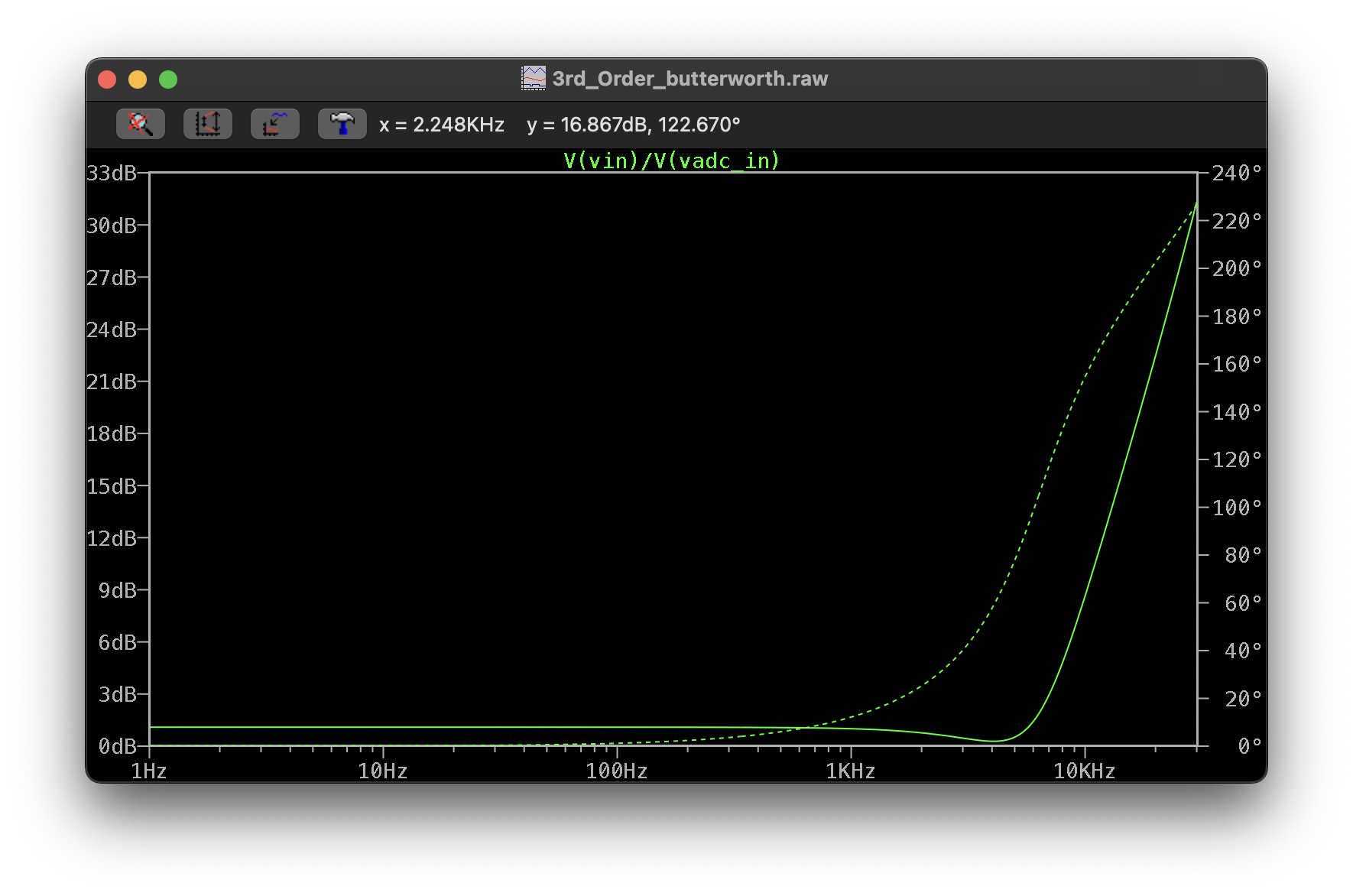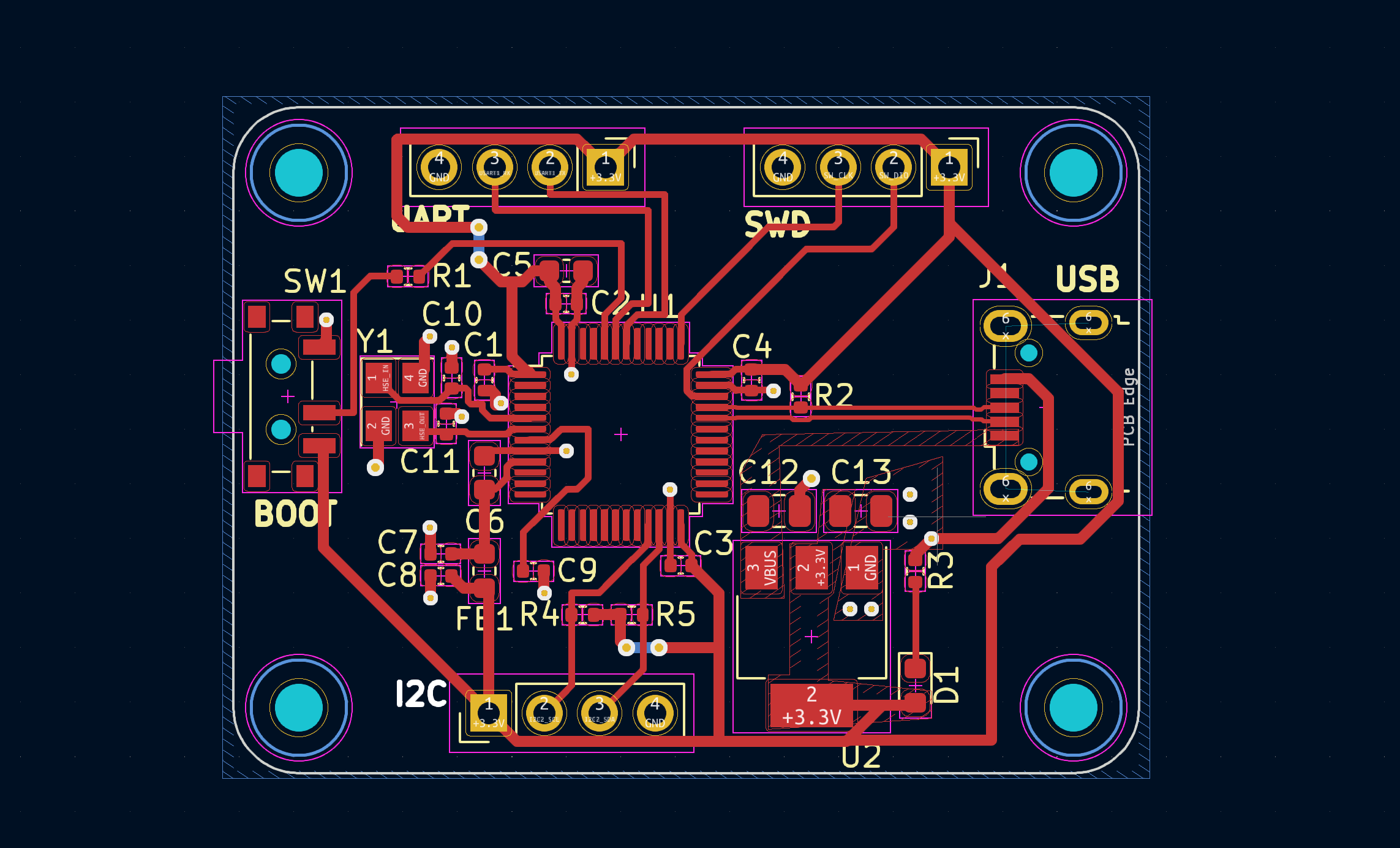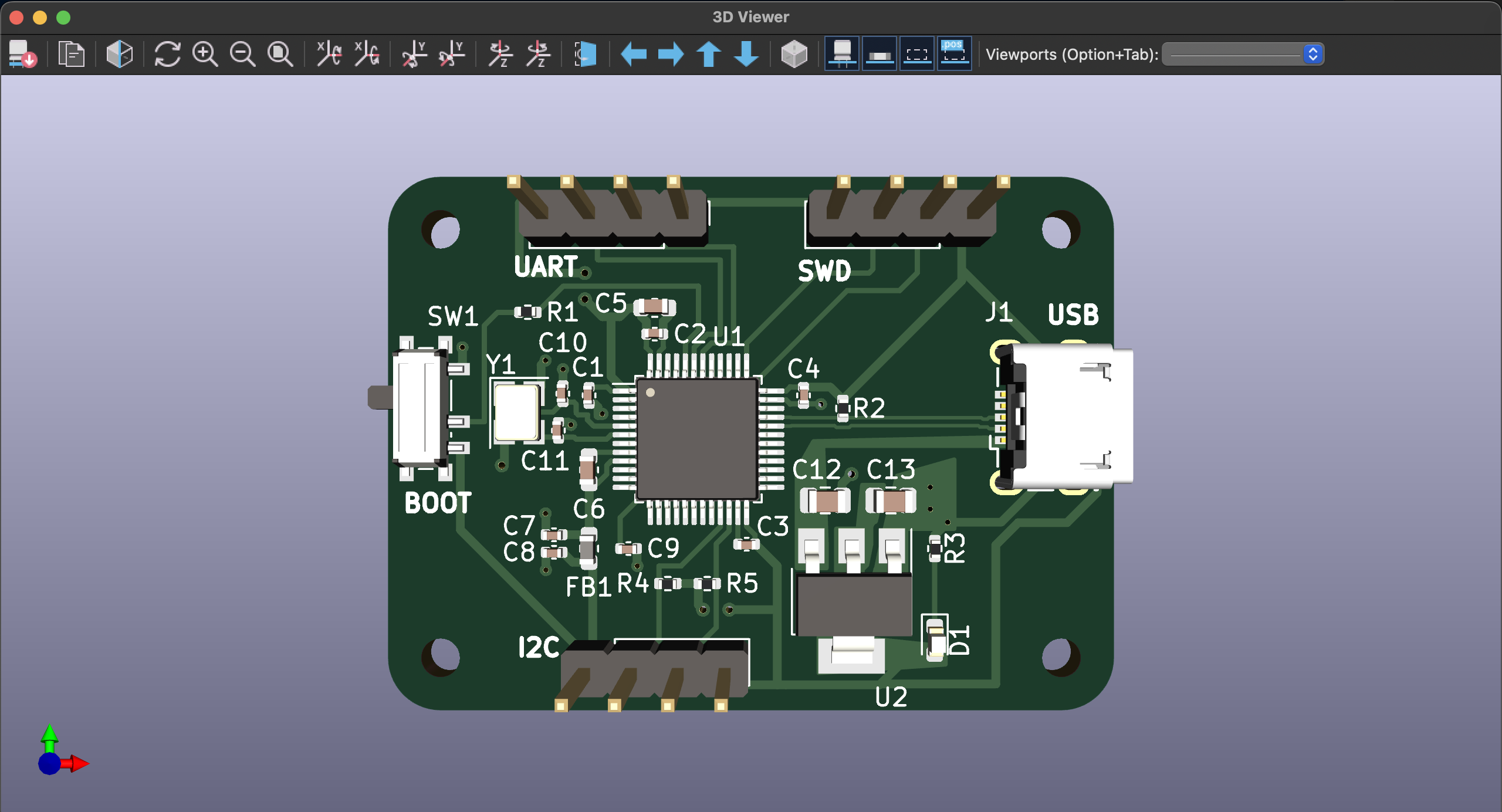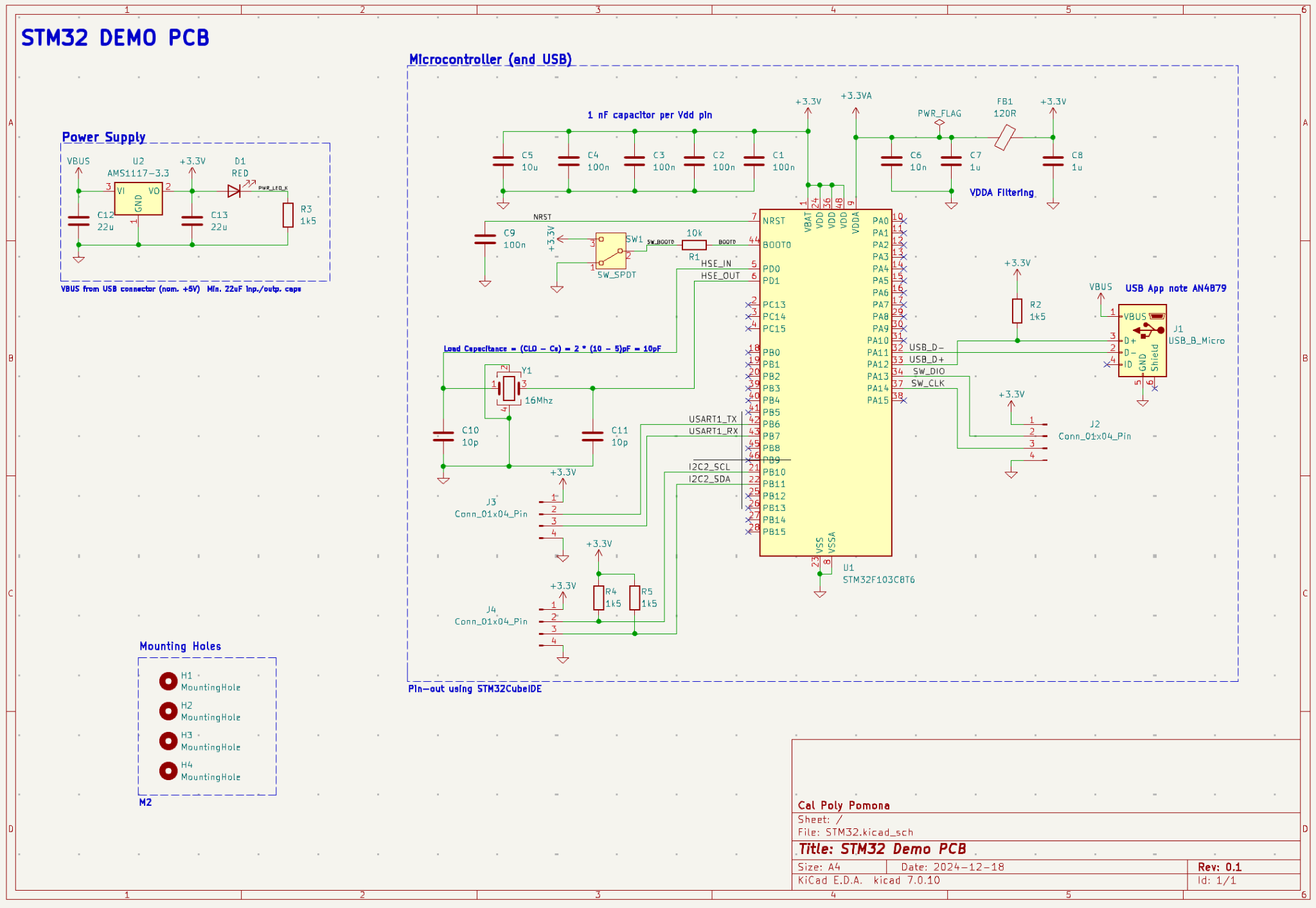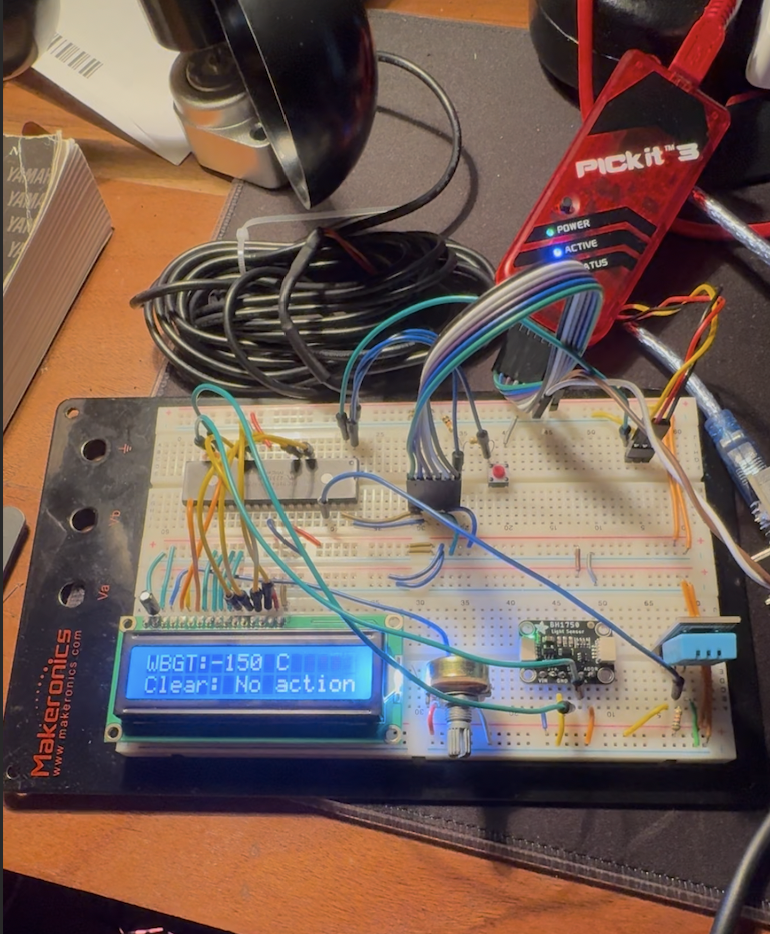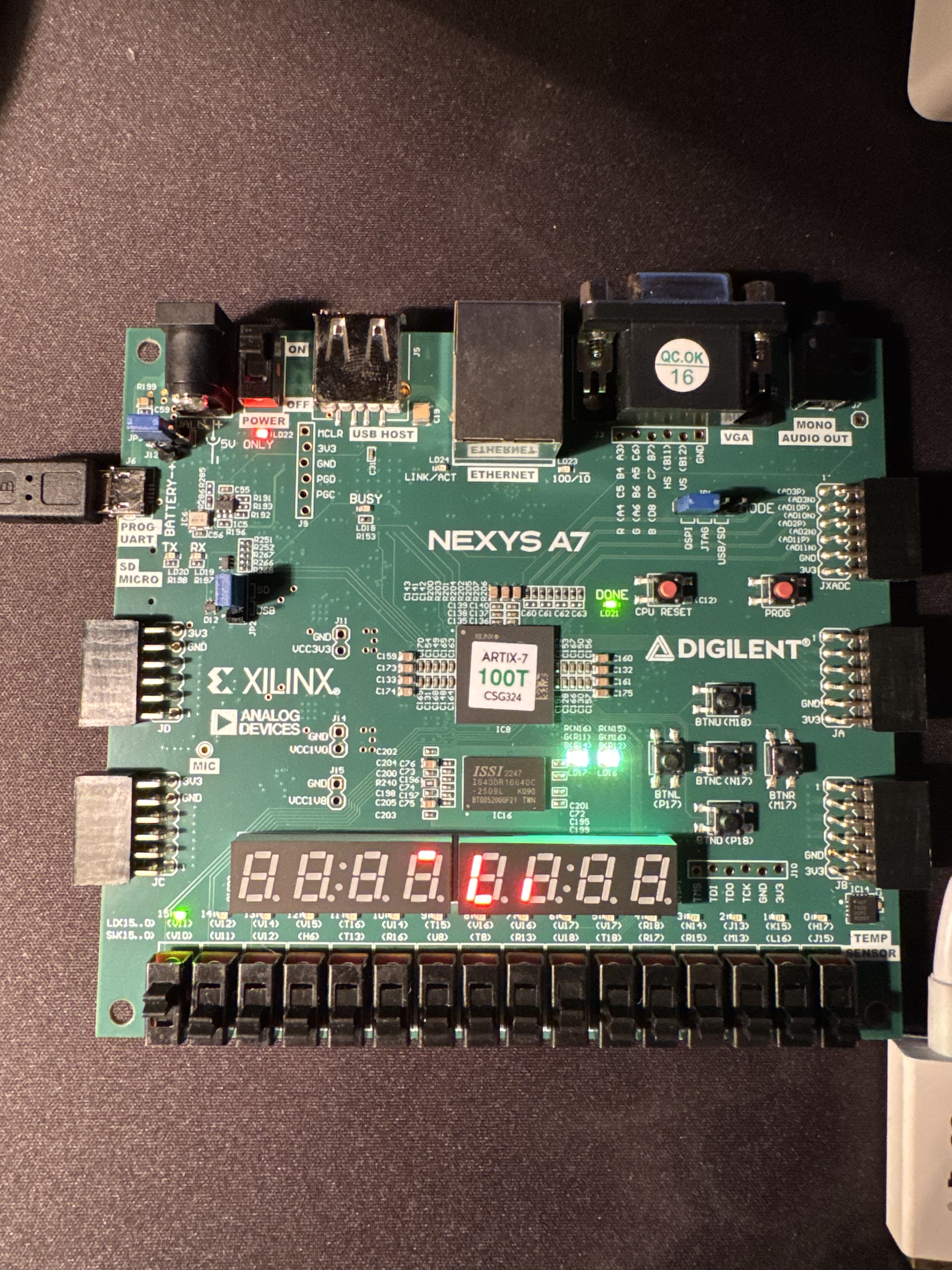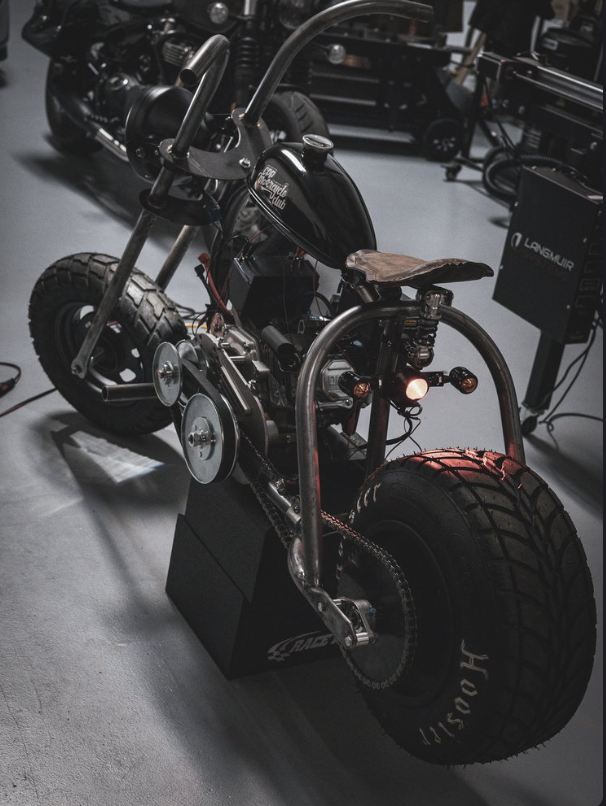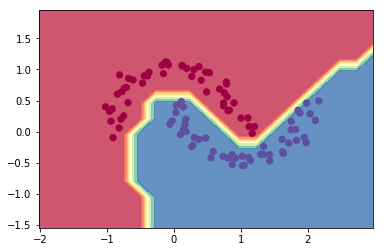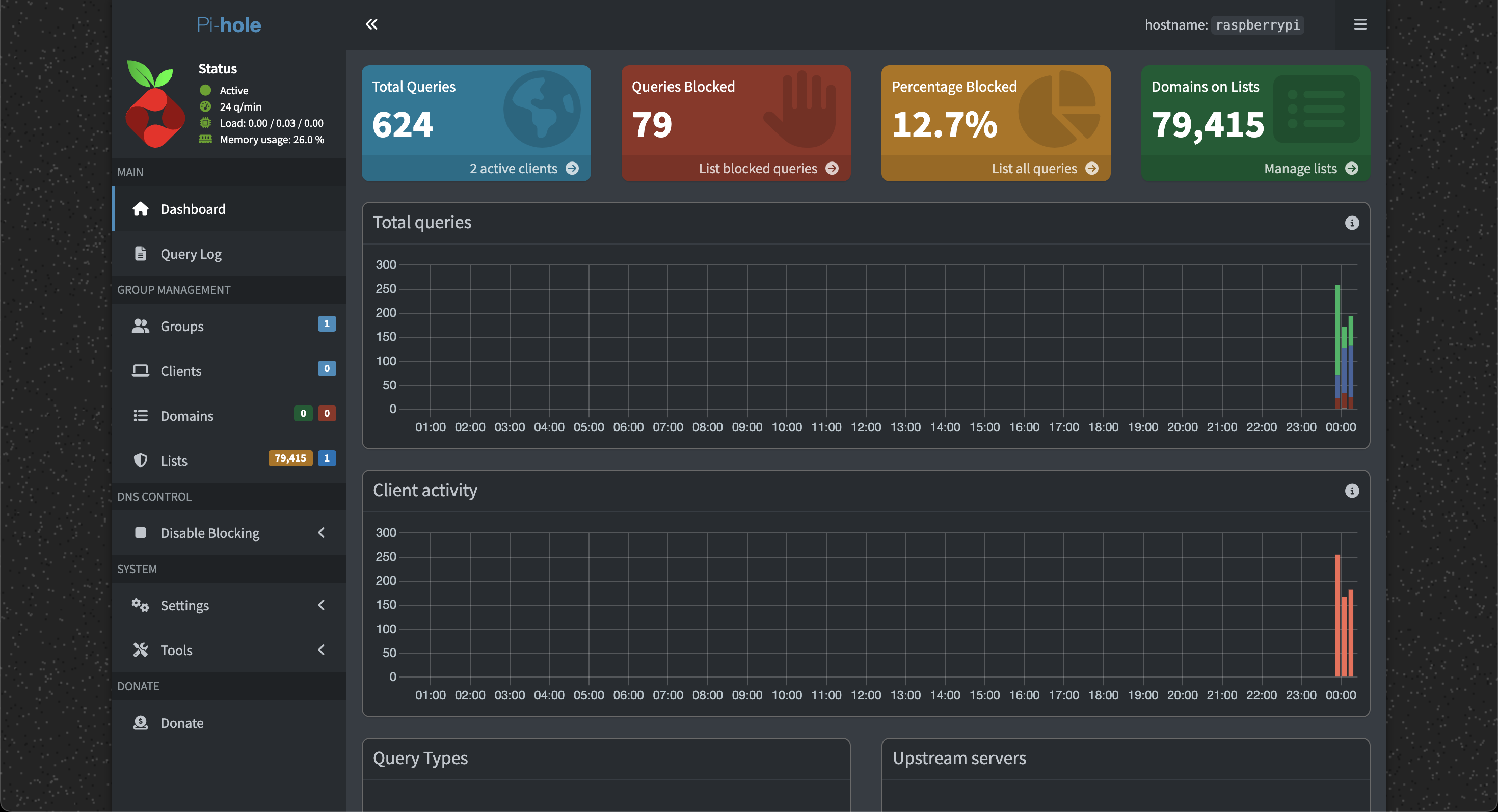Mixed-Signal Audio PCB Design
Independent Project · Audio-Centric Embedded System · 2025
This project involved the end-to-end design of a 4-layer mixed-signal PCB for high-fidelity audio acquisition and playback.
The system integrates a 14-bit SAR ADC and precision DAC within a unified analog and digital architecture.
The signal chain includes anti-aliasing and anti-imaging Butterworth filters, differential and single-ended paths,
and low-noise op-amp stages designed for clean phase response and low distortion.
Emphasis was placed on impedance matching, domain isolation, and noise performance,
resulting in a layout that cleanly separates analog and digital sections while maintaining short, low-impedance return paths.
Power delivery was designed around a buck–LDO regulation chain, combining high-efficiency conversion with
low-noise linear regulation for sensitive analog circuitry. Each stage was calculated and simulated in
LTspice to verify transient response and filter cutoff behavior. Decoupling and bypass capacitor networks
were optimized per IC requirements to suppress ripple and stabilize reference rails. The 4-layer stack-up was
organized to ensure robust ground return and consistent impedance across signal and power planes, minimizing coupling between
the converter, controller, and analog front-end.
The next phase of the project focuses on DSP firmware development in STM32CubeIDE,
implementing real-time audio algorithms for a distortion pedal emulating the Ibanez Tube Screamer.
The hardware is currently in the production planning stage, with options being evaluated between
PCBA manufacturing and manual PCB assembly with hand-soldered precision components.
ADC/DAC Interface
Butterworth Filter
4-Layer Layout
USB-C Power
Audio/DSP
